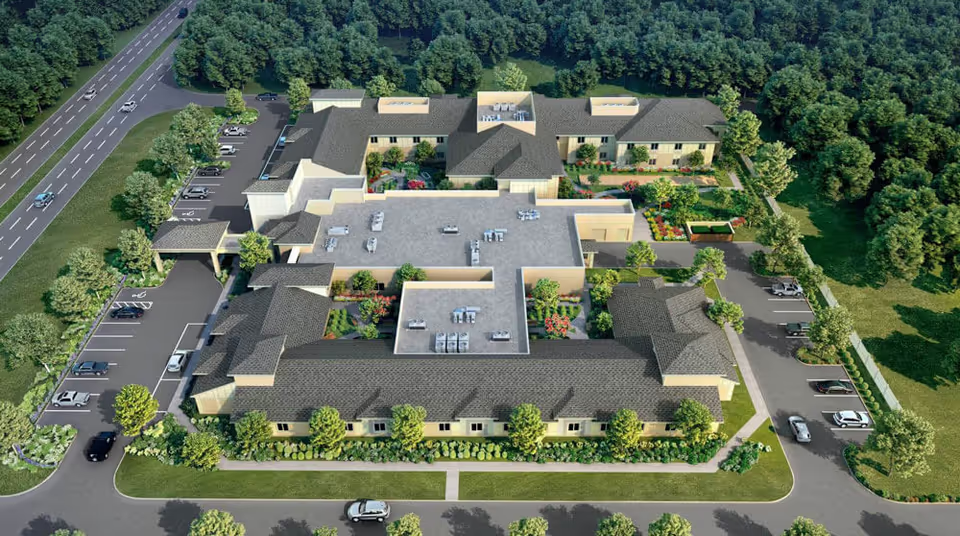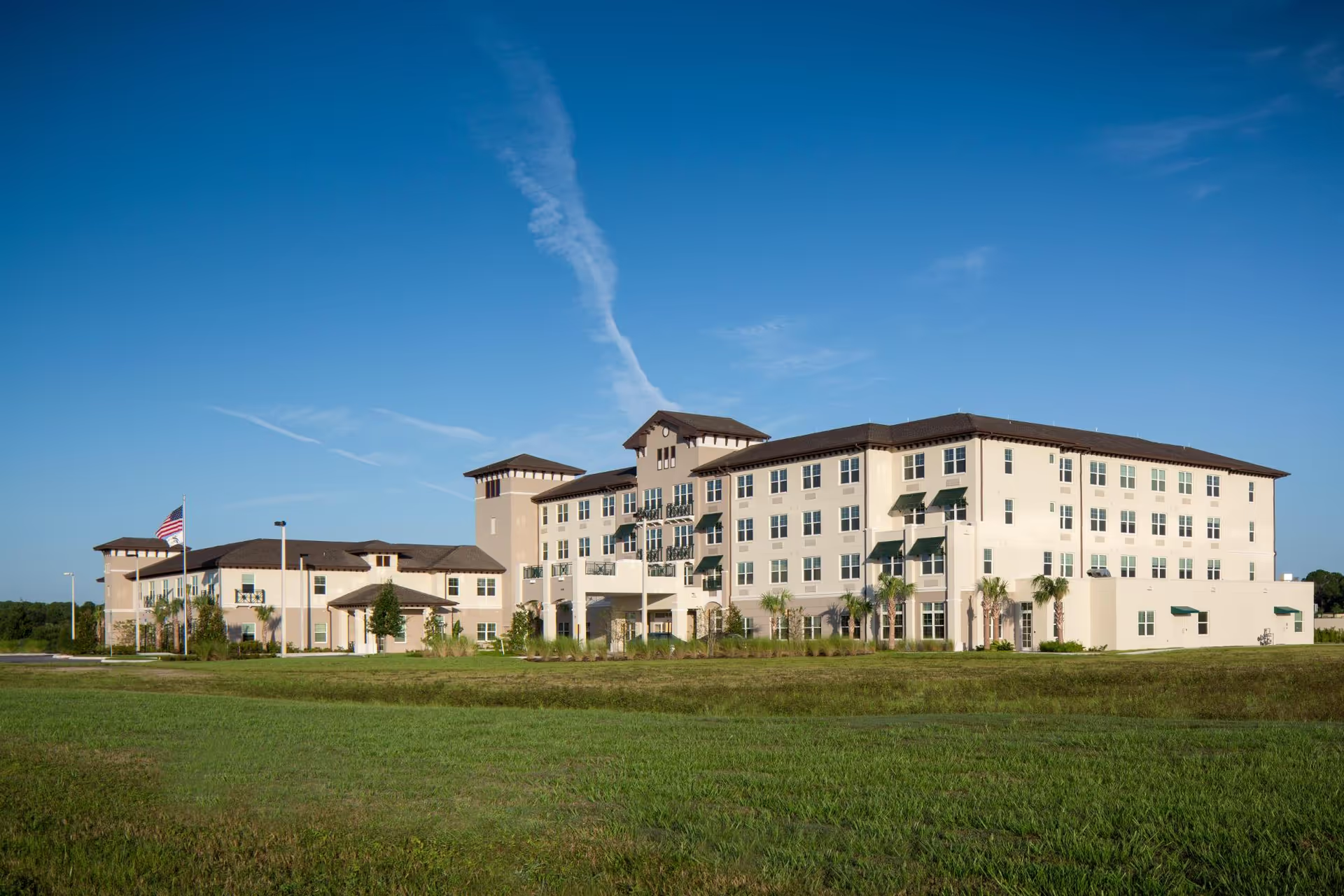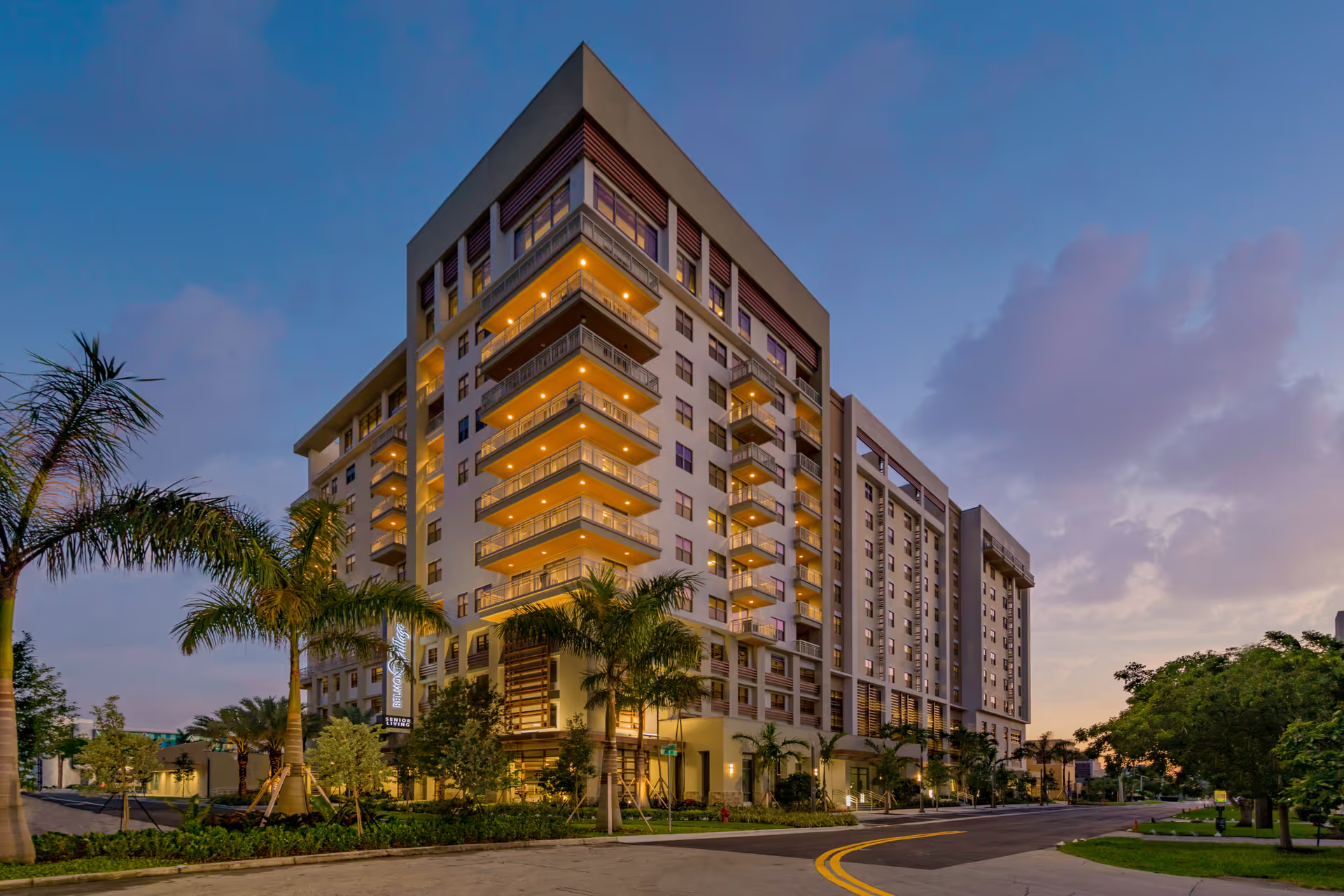Overall sentiment for Harmony House of Ocala is mixed but strongly polarized: a substantial number of reviews praise the facility for compassionate staff, strong management, good medical support, clean rooms, and active programming — while a distinct set of reviews report serious negative incidents including poor memory-care responses, grooming neglect, medication errors, and cleanliness/maintenance problems. The most frequent positive themes are centered on individualized attention, management responsiveness, and a safe, activity-rich environment. The most concerning negative themes include medication and care-safety incidents, staffing and training shortfalls, and inconsistent cleanliness and administrative practices.
Care quality and medical support: Many reviewers highlight positive clinical support — on-site nurse practitioner, visiting doctor/psychiatrist, and timely resolution of medical concerns. Several families said residents thrived, rarely fell, and received exceptional nursing attention, particularly when management (named staff such as the Executive Director, Janet Soto, and TonyLynn) was actively involved. Contrasting sharply, other reviews document serious care failures: alleged overmedication and an overdose that required emergency treatment, reports of grooming neglect (residents not showered or shaved), and medication administration concerns (a nurse talking on the phone during med pass). These directly affect resident safety and are among the most severe complaints.
Staff and management: Many family members singled out staff and leadership for praise — describing them as compassionate, emotionally invested, proactive in communication, and quick to resolve problems. Specific staff members were credited with helping through transitions, handling paperwork, and providing individualized attention on patients' first nights. However, multiple reviewers also reported dismissive or rude staff behaviors (eye-rolling, exasperation), an unfriendly receptionist, and supervisors who were not helpful. This contrast suggests meaningful variability in staff attitude and performance, with management praised when engaged but gaps apparent at times in front-line staff conduct or supervisory follow-through.
Facilities, cleanliness and maintenance: Numerous comments describe clean common areas, neat rooms, spacious layouts, large closets, an attractive courtyard, and pleasant views from some rooms. The reopening of the beauty shop and presence of sinks in bedrooms were seen as positive amenities. Conversely, a subset of reviews reported troubling maintenance and cleanliness issues: odors, dead animals at the entrance, overgrown weeds, and a generally unwelcoming exterior or interior in some instances. Several reviewers explicitly stated the facility felt older or dated in places. These discrepancies indicate that facility upkeep may be uneven — clean and well-maintained in many areas but neglected in others or at certain times.
Dining, activities and quality of life: Praise for the food, variety of meal options, and an actively engaged chef appears consistently among positive reviews. Residents’ quality of life is supported by a broad schedule of activities, including field trips, bingo, birthday parties, and encouragement to stay active with ample walking spaces. Many families reported residents thriving and being happy, reinforcing the picture of a community that can provide a good day-to-day experience. Some negative reviews did not focus on activities or dining but raised broader concerns that overshadow quality-of-life strengths.
Safety, memory care and staffing: Several reviewers stressed the secure, locked memory-care environment and staff knowledgeable about dementia who helped residents remain safe and engaged. Other reviewers, however, described lapses in memory-care response — wandering residents ignored, staff not trained to handle memory-loss behaviors, and caregiving ratios that were reportedly low or inconsistent with expectations. Staffing shortages and inadequate training were repeatedly mentioned as root causes of several problems (delays in assistance, inattentive med passes, or insufficient support for dementia behaviors), which suggests that staffing levels and training consistency are important risk areas.
Administrative and procedural issues: Some families appreciated proactive communication and prompt resolution of billing or care issues, while others reported billing errors, alleged overcharging (billing three times), refusal of refunds, and clothes going missing or being mixed between residents. These administrative complaints, together with reports of an unwelcoming initial contact or tour experiences, highlight inconsistent administrative performance and processes.
Patterns and conclusions: The reviews reveal a dichotomy: when leadership and key staff are engaged, residents and families report excellent care, quick communication, good meals, and an active, safe environment. When staffing, training, or certain supervisors are lacking, the community experiences severe lapses, including safety incidents, medication errors, and hygiene neglect. This variability is the clearest pattern — outcomes appear to depend heavily on which staff and leadership are involved and on staffing levels at particular times.
For prospective families, the major takeaways are to weigh the facility’s evident strengths (on-site medical support, active programs, praised staff and management, secure memory-care units, and many reports of happy residents) against serious and specific risks reported by multiple reviewers (medication safety issues, grooming neglect, theft/misplaced laundry, billing disputes, and uneven cleanliness/maintenance). During a tour or evaluation, families should ask directly about recent staffing ratios and training for memory care, incident reporting and resolution practices, medication administration protocols, laundering procedures, and how management handles complaints — and seek to validate positive reports by speaking with current families and observing multiple shifts if possible.







